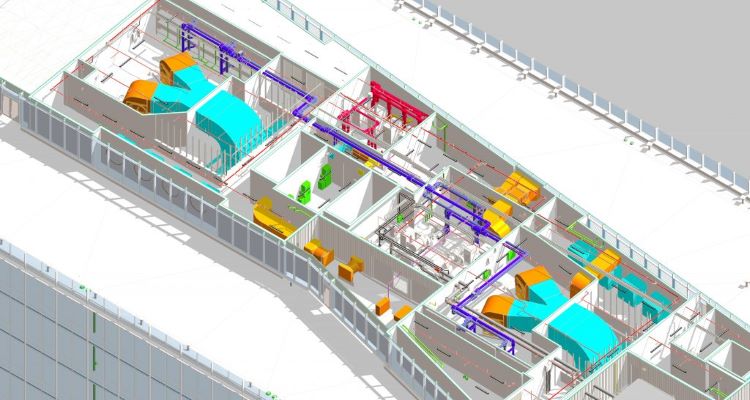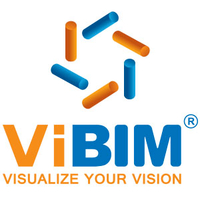Technical Area | Articles
The place to solve all your BIM doubts
A comparison of Scan to BIM for Design, Construction phase
This help you know differences between Scan to BIM for design and construction phase
BIM Implementation 3D / VDC Construcción Offsite
Scan to BIM has been applying for various purposes according to different project phases (i.e, design, construction, operation, and management). Knowing the intended applications of BIM models will enable you to identify the right information requirements in the models.
We’ve put together the article for you on the differences between how the Scan to BIM is used for the design and construction phase. Besides, we will have suggestions for you on improving BIM models based on our experience.
1. How Scan to BIM benefits the design phase
In the design phase, designers expect to be aware of the existing site conditions in detail to make an optimal building design. For example, a renovation project in the UK applied the Scan to BIM to create reliable and accurate data. All models required LOD 4 in the UK standard.
Not only the design phase but the Scan to BIM also continue adding values to the rest phase of the project lifecycle. It plays a more and more vital role in every aspect of the construction project. What’s more, it improves communication with the rest of the project team to ensure well-informed decision making.
2. How Scan to BIM benefits the construction phase
In the construction phase, the Scan to BIM has been adopted for various purposes. Especially, it can help to solve time-consuming and arduous tasks. For instance, you need to collect data to review the actual project progress. To get the job done, you are more likely to have to visit on-site construction to take measurements. This requires careful planning on when you visit the site, the amount of time you’re allowed to spend there, the number of personnel needed for the task.
All this costs your time, resources, and budget. But, by using the Scan to BIM, you can spend fewer efforts on these tasks. Some use-case scenarios of the Scan to BIM in the construction phase include:
Quality assessment/ quality control (QA/QC);
Early problem detection;
Progress tracking on a project;
Virtual environments for installation and assembly;
We’ve already analyzed in detail these applications in the previous article How Scan to BIM is used in the construction phase. Now hope that you can know the different applications of the Scan to BIM in each project phase. The next step is that you need to identify the information requirements of the BIM models.
3. Differences of required information in BIM models
The different uses of the Scan to BIM require different information in the BIM models. Thus, it is essential to identify all the requirements for the intended BIM models before getting started the process of Scan to BIM. This enables you to avoid collecting too much information or insufficient information that impacts the quality of the BIM models.
So what requirements do you need to determine? There are three aspects we need to identify including:
Required building elements: Refers to the building elements that should be modeled in BIM models. For instance, stair, exterior windows, exterior walls
Required level of detail (LOD): Lets you know the degree to which the building element is detailed. Five popular levels include LOD 100, LOD 200, LOD 300, LOD 400, LOD 500;
Required non-geometric attributes: Refers to some properties such as materials, colors of the building elements;
As mentioned above, the Scan to BIM application is different between the design and construction phases. So what information are BIM models included for these phases? Let’s take a look at the following image:
To know more about our analysis in the required information of BIM models, please check the link in the source section to read full of our article











